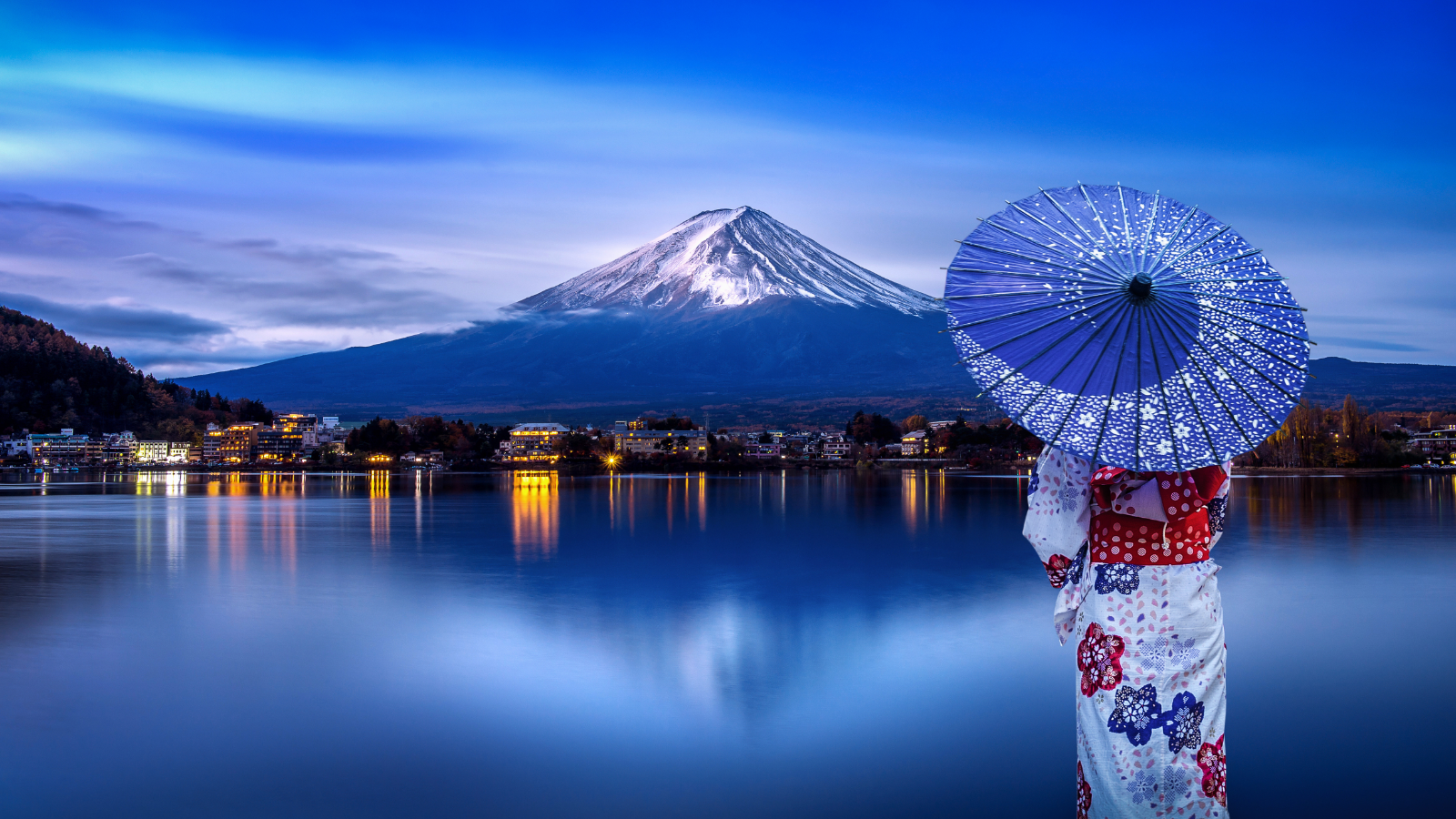Hokkaido, the northernmost island of Japan, is a land of breathtaking natural beauty, diverse wildlife, and vibrant cultural traditions. Known for its stunning landscapes, pristine wilderness, and seasonal attractions, Hokkaido offers a unique and immersive experience for visitors seeking adventure, relaxation, and cultural exploration.
History and Culture
Historical Significance
Hokkaido has a rich history that includes the indigenous Ainu people, whose culture and traditions continue to influence the region. The island was sparsely populated until the late 19th century when it was developed as part of Japan’s Meiji-era expansion. Historical sites such as the Hokkaido Jingu Shrine and the Former Hokkaido Government Office Building provide insights into the island’s past.
Cultural Heritage
Hokkaido’s cultural heritage is a blend of indigenous Ainu traditions and influences from Japanese settlers. The island is known for its vibrant festivals, such as the Sapporo Snow Festival, which showcases intricate ice sculptures, and the Yosakoi Soran Festival, featuring energetic dance performances. The Ainu culture is celebrated through various events and museums, including the National Ainu Museum in Shiraoi.
Economy and Industry
Hokkaido’s economy is diverse, with significant contributions from agriculture, fisheries, tourism, and manufacturing. The region is known for its high-quality dairy products, seafood, and agricultural produce, including potatoes, corn, and melons. Hokkaido’s seafood, particularly crab, salmon, and sea urchin, is renowned throughout Japan. Tourism is a major industry, with visitors drawn to the island’s natural beauty, hot springs, and ski resorts.
Attractions and Activities
Natural Attractions
- Daisetsuzan National Park: Japan’s largest national park, offering hiking, hot springs, and stunning mountain vistas.
- Shiretoko Peninsula: A UNESCO World Heritage site known for its untouched wilderness, abundant wildlife, and scenic beauty.
- Lake Toya: A caldera lake with crystal-clear waters, surrounded by hot springs and hiking trails.
Seasonal Activities
- Skiing and Snowboarding: Hokkaido is famous for its world-class ski resorts, including Niseko, Furano, and Rusutsu, known for their powder snow.
- Cherry Blossoms and Lavender Fields: Visit in spring to see cherry blossoms or in summer to enjoy the vibrant lavender fields of Furano.
- Autumn Foliage: Hokkaido’s forests and parks offer breathtaking views of autumn leaves, particularly in areas like Jozankei and Shikotsu-Toya National Park.
Cultural and Historical Sites
- Sapporo: The capital city, known for its beer, the annual snow festival, and historical sites like the Sapporo Clock Tower.
- Hakodate: A city with historical significance, offering attractions such as the star-shaped Goryokaku Fort and Mount Hakodate’s night views.
- Otaru: A charming port town famous for its well-preserved canal area, glassware shops, and seafood markets.
Cuisine
Hokkaido’s cuisine is renowned for its freshness and quality, reflecting the island’s rich natural resources. Local specialties include:
- Seafood: Fresh crab, salmon, sea urchin, and scallops, often enjoyed as sushi or sashimi.
- Dairy Products: High-quality milk, cheese, and ice cream, reflecting Hokkaido’s robust dairy industry.
- Soup Curry: A spicy, flavorful curry soup filled with vegetables and meat, a popular dish in Sapporo.
- Jingisukan: A barbecue dish of grilled lamb and vegetables, named after Genghis Khan and widely enjoyed across the island.
Conclusion
Hokkaido is a captivating destination that offers a unique blend of natural beauty, cultural richness, and outdoor adventure. Whether you’re exploring its national parks, savoring fresh seafood, or enjoying its vibrant festivals, Hokkaido provides an unforgettable experience for all visitors. Its diverse attractions and welcoming atmosphere make it a must-visit location for anyone traveling to Japan.

